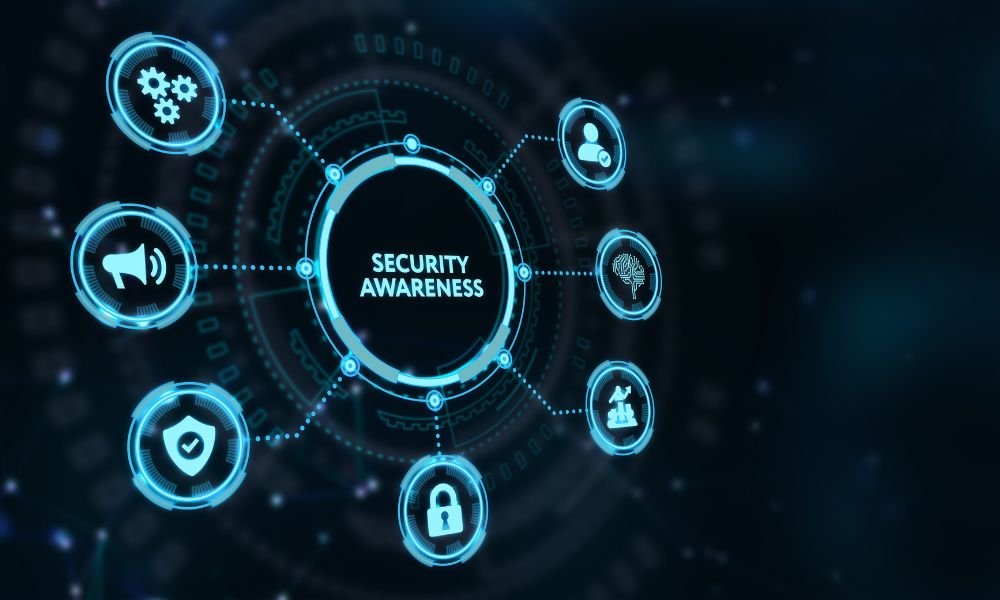5 Common Security Awareness Program Mistakes To Avoid
Cybersecurity is crucial for businesses to protect their valuable data and systems. Unfortunately, even the most sophisticated security systems can be rendered ineffective if employees are not adequately educated and trained. Many unintentionally overlook common security mistakes, leading to potential vulnerabilities. Keep reading to learn the most common security awareness program mistakes to avoid and discover actionable tips to strengthen your organization’s security posture.
Not Educating Employees on Phishing Tactics
Phishing is a primary cause of security breaches, as it targets employees rather than the security system itself. Businesses put their entire networks at risk by not properly educating employees on how to recognize and manage phishing threats. Companies should incorporate phishing awareness training into their security awareness programs. This could include mock phishing emails, educational videos, and hands-on workshops to ensure employees can recognize and report suspicious emails.
Not Acknowledging Successes
An essential aspect of a successful security awareness program is acknowledging and rewarding employees’ efforts in maintaining cybersecurity. Routinely recognizing employees who successfully identify and report potential threats fosters a proactive security culture and encourages positive behavior. To promote this culture, consider implementing a reward system that recognizes individuals or teams demonstrating exceptional cybersecurity awareness and initiative.
Not Practicing Reoccurring Training
Reoccurring training is crucial in maintaining a strong and effective security awareness program. Cyber threats continuously evolve, and employees must remain up to date on cybercriminals’ latest trends and tactics. Scheduled training sessions, webinars, and refresher courses will help keep your employees informed and ready to tackle current and emerging threats.
Failing To Update the Program Regularly
Cyber threats are not static, and neither should your security awareness program be. A program that does not evolve and adapt to the changing threat landscape will eventually fail. Ensure that your program is frequently updated with the latest information, tools, and best practices to stay ahead of cybercriminals. Regular audits and reviews of the program will help you identify gaps in your defense, allowing you to make necessary improvements.
Not Tracking Program Effectiveness
To ensure that your security awareness program meets its objectives, you must also track and measure its effectiveness. This includes setting appropriate goals, monitoring employee performance, and collecting participant feedback. Data-driven metrics such as the number of reported phishing attempts, reduced security incidents, and improvements in employee cybersecurity knowledge will help gauge the program’s success. By monitoring its effectiveness, organizations can make data-informed decisions to improve and optimize their programs.
Businesses can significantly reduce their risk of a security breach by addressing these common security awareness program mistakes to avoid and implementing best practices. These common mistakes show why it’s so crucial for modern businesses to have security professionals on their staff. If you’re looking for a program to enhance your security resume or hone your security staff’s skills, browse our wide range of cyber security certification trainings and courses at Precision Execution. We can help you or your security staff stay up to date with training and refine their security skills.

